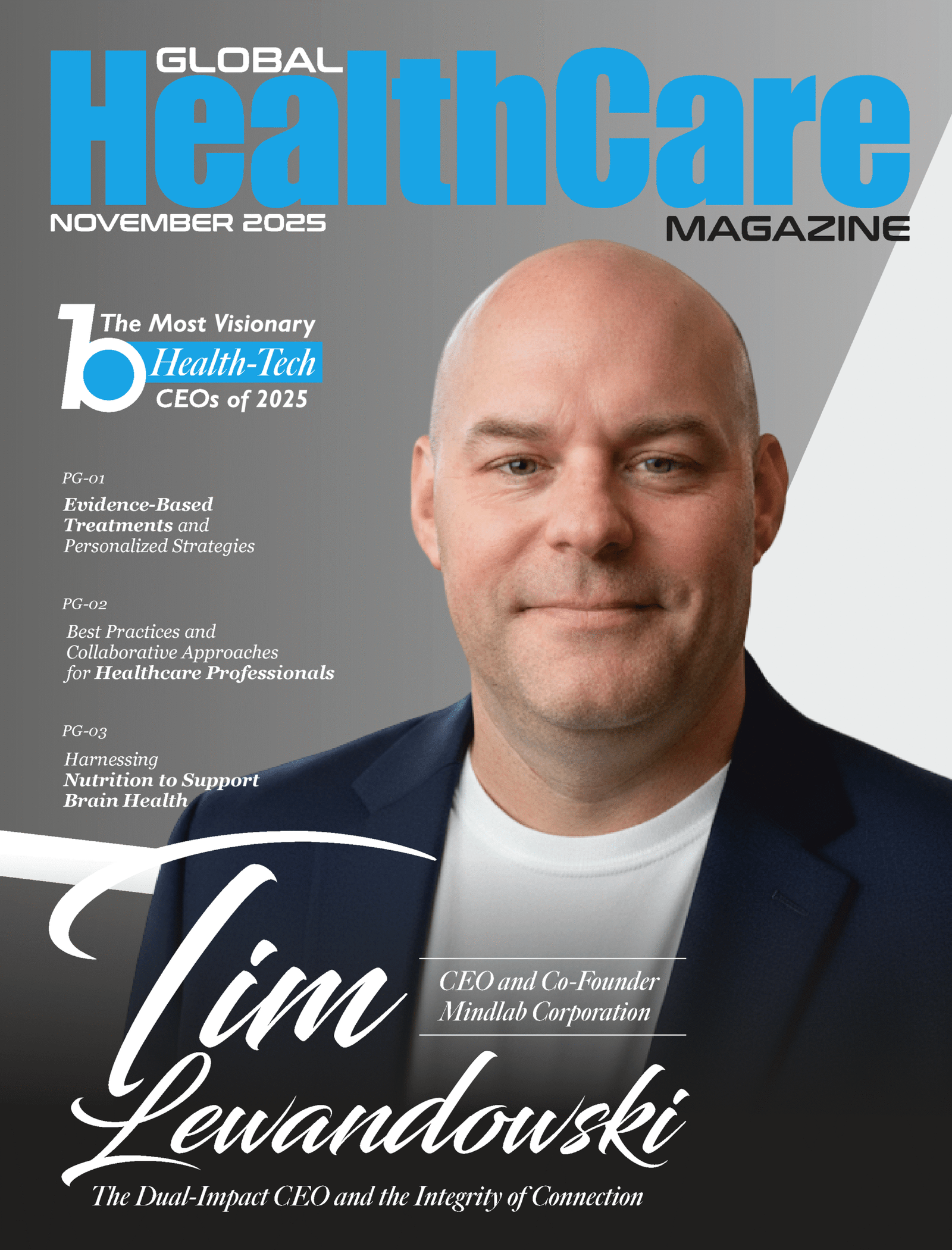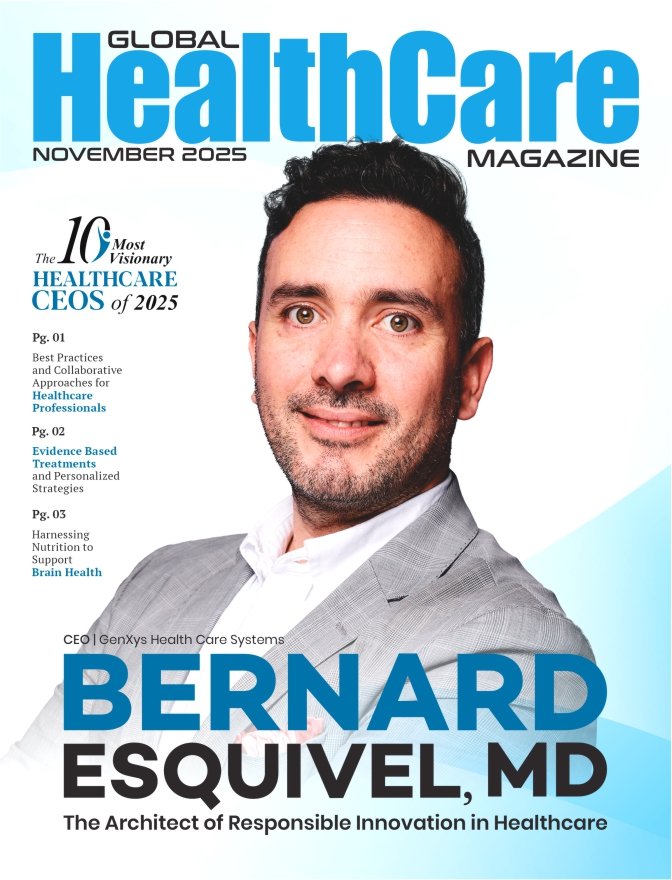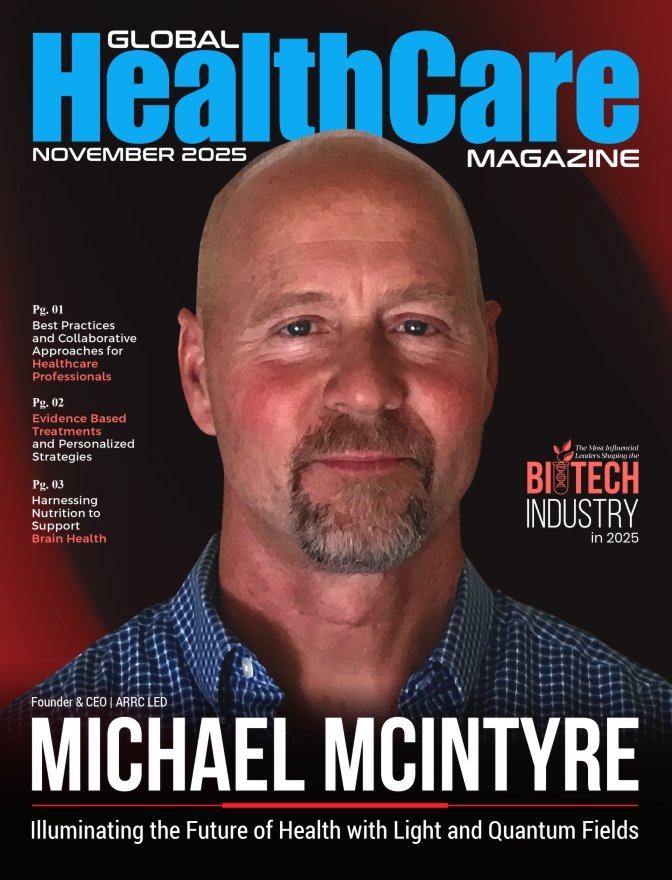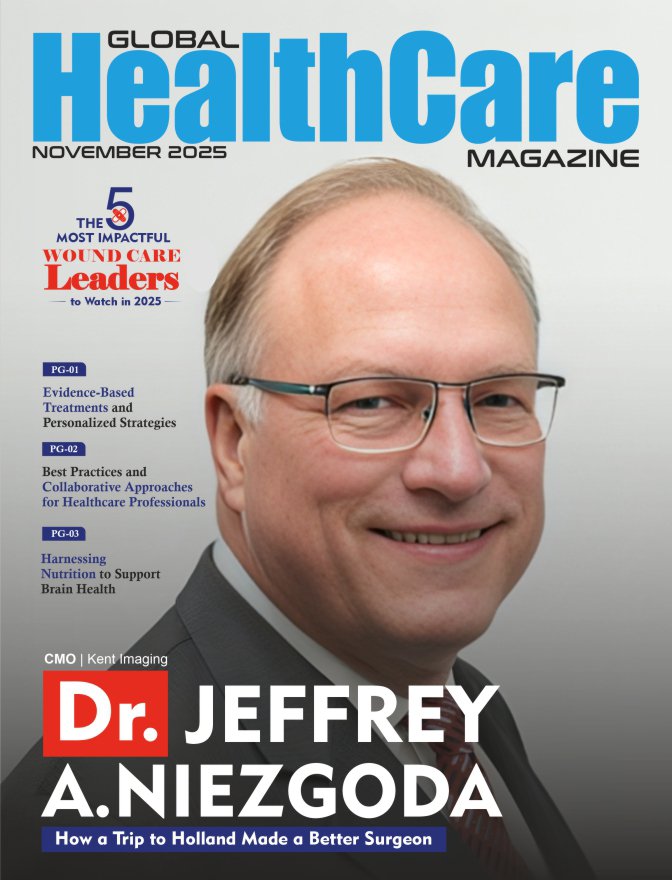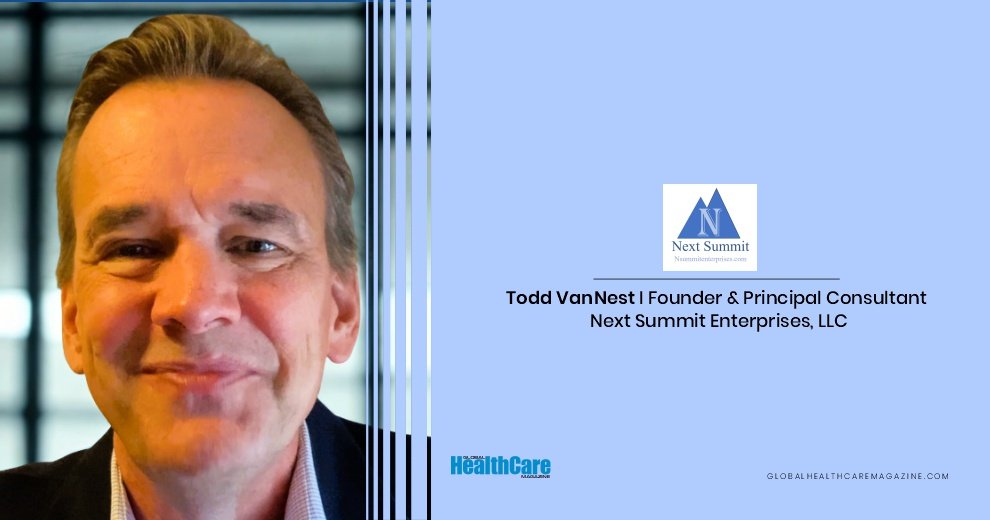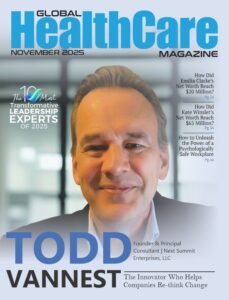To understand J. Paul Robinson, you must first understand that he is a man who once decided it would be easier to climb Mount Everest than to convince a corporation to do the right thing. He was right. So he climbed the mountain. This singular story is the key to unlocking the complex character of the professor, inventor, CEO, and craftsman, a biotech leader whose entire career has been a relentless, and sometimes defiant, pursuit of solving intractable problems.
The world of biotechnology is a world of infinitesimally small. It’s a universe that exists in microliters and nanometers, a place where the fate of a person can hinge on the behavior of a single cell. J. Paul Robinson has been a master of this universe for decades. As a distinguished professor at Purdue University, an inventor of the now-standard spectral flow cytometry technology, and the CEO of Miftek Corporation, his life’s work has been to illuminate this microscopic world with unprecedented clarity. He speaks of single photon detection, advanced electronics, and high-content datasets with the quiet authority of a man who not only understands the language but invented part of its grammar.
But the measure of Dr. Robinson cannot be taken in peer-reviewed papers alone, though he has over 200 of them. It cannot be found only in his patents, though they are foundational to his industry. To truly understand him, you must look beyond the laboratory and the boardroom, to the places where his intellect and his indomitable will have collided with the stubborn realities of the world. You must look to the courtroom, where he learned the art of corporate patent warfare as an expert witness. You must look to his woodshop, where he finds solace in the tangible craft of renovating and reupholstering antique furniture. And you must look to the summit of Mount Everest, which he reached on May 23, 2009, not as a mountaineer, but as a scientist so profoundly frustrated by a professional failure that he sought to conquer the most physically demanding challenge on Earth, simply to prove to himself that he was not, in fact, a failure.
The Problem of the Photon
At its core, Dr. Robinson’s scientific mission has been the pursuit of truth in numbers. His field, flow cytometry, is a technology that allows scientists to rapidly analyze the characteristics of individual cells. For decades, the field operated on what he refers to as “approximations.” The standard method used a single sensor for a single fluorescent dye, a concept that was limiting the potential of the science. However, Dr. Robinson and his group at Purdue envisioned something better.
“Our goal was to move away from the concept of a single sensor for a single dye,” he explains. His team invented spectral flow cytometry, a revolutionary approach that captures the full emission spectrum of light from each cell, allowing for far more detailed and nuanced analysis. The technology was so groundbreaking that Purdue initially licensed the patent to Sony Corporation, who produced the first commercial spectral flow cytometer, and later to Thermofisher. Today, it has become the industry standard, with every major manufacturer now producing spectral instruments.
But for Dr. Robinson, even this was not enough. The industry had the technology, but it still lacked what he saw as the most fundamental component: true quantification. “Providing truly quantitative data would seem to be an obvious need,” he says, noting that the 70-year-old technology of Coulter counters provided absolute blood cell numbers, transforming diagnostics. He believed flow cytometry needed to do the same, to report in real numbers, not just relative values. This conviction became the driving force behind Miftek Corporation, the company he co-founded with Masanobu Yamamoto in 2014. Subsequently, Purdue transferred the foundational patent to them. As CEO, his role has been to guide Miftek in developing the next generation of instruments—advanced, economical, and, above all, quantitative.
The Education of an Entrepreneur
Dr. Robinson is not a conventional CEO. His path to the C-suite was paved with a PhD from the UNSW School of Medicine, a postdoc at the University of Michigan Medical School, and a distinguished teaching position at Purdue. His entrepreneurial education came from unconventional, and often challenging, sources.
For 15 years, he served as an expert witness in complex patent litigation cases. This work gave him an unparalleled, behind-the-curtain view of the biotech industry. “It gave me the opportunity to work at very deep levels with many of the companies in my industry,” he reflects. “More importantly, it gave me a far better understanding of how to write our own company patents to avoid the pitfalls of many of the patents I was involved with during litigation.” The financial benefits from this legal work were also significant, allowing him to personally invest in Miftek’s expansion before it received major outside investment. This experience required him to maintain a fiercely ethical presence, balancing his university obligations with the immense amount of confidential corporate information he possessed.
His primary role as a professor also shaped his worldview. For over 25 years, he opened his lab to students from 4th to 12th grade, developing online activities and demonstrating how scientists make discoveries. This passion for outreach would soon lead him to the greatest challenge, and greatest failure, of his career.
The Mountain of Good Intentions
In the early 2000s, as the AIDS crisis ravaged resource-limited countries, there was a desperate need for a low-cost way to measure CD4 cells in blood, a key indicator of the disease’s progression. The diagnostic instruments were simply too expensive. Dr. Robinson saw this as a problem that science could, and should, solve. He tasked his senior design class in biomedical engineering with a challenge: build a flow cytometer that could work anywhere in the world and cost just $2000.
They did it. But in his academic naïveté, Robinson believed that creating the solution was the solution. He was wrong. “What I failed to understand at the time, was how the commercial world operated,” he admits. “Building a very cheap instrument was only a tiny part of the solution. The real solution required manufacture, sales and distribution.” He spent an inordinate amount of time, from 2006 to 2008, trying to convince industry to commercialize the device. No one would. There wasn’t enough profit in it. “Profit was not in my vocabulary,” he says. “I consider my failure to deliver what I knew was needed at the time as one of the biggest failures of my career.”
The frustration was immense. In January 2008, he determined his goal was unattainable. He had established the “Cytometry for Life” foundation with the best of intentions, but it had led nowhere. “I was so frustrated, I said ‘it would be easier to climb Mt. Everest, than convince companies to build and sell a cheap diagnostic flow cytometer,’” he recalls. “I was right.”
And so, he decided to do it. He wrote to Russell Brice, a world-renowned climbing expedition leader, who laid out a daunting path: first, a week on Mt. Rainier learning crevasse rescue; then, a month climbing Denali; then, an 8,000-meter peak in the Himalayas. Only then would he be considered for an Everest team. Robinson, a scientist in his late 50s, trained madly. At the end of May 2008, he was on Rainier. Three weeks later, he was in Denali. Three months later, they summited Manaslu, the world’s eighth-highest peak. Russell Brice let him on the Everest team. On May 23, 2009, J. Paul Robinson stood on top of the world. It was a monumental achievement born from a profound sense of failure.
The quest for the low-cost instrument eventually faded as new molecular tools emerged. But the experience transformed him. It gave him the hard-won understanding of industry that would later inform his leadership at Miftek. And his foundation, Cytometry for Life, morphed into a training and educational organization that continues to hold workshops in Kenya, impacting thousands of African students and staff over the past thirteen years.
The Liberation from the Golden Goose
Dr. Robinson’s career has been marked by a fierce independence and an intolerance for bureaucracy that stifles innovation. In 2009, after spending 20 years building a world-class center for flow cytometry and imaging at Purdue, with over 250 faculty users, he found himself in a battle with mid-level university administrators who wanted to control his highly successful operation.
“One thing I learned about big universities is when a program is highly successful, administrative forces want to control it,” Dr. Robinson says. From his perspective, the center was a place for discovery, for identifying what wasn’t working with existing technology and inventing what could be. The administrators, he felt, saw it merely as a recharge facility to be controlled. Unwilling to compromise his vision, he made a stunning decision. He walked away.
“Within a few months, I literally shut down the entire operation,” he says, forcing the university to spend almost $3 million to reconstruct what he had built largely through his collaborations with industry. The administrators, Dr. Robinson notes with a lingering frustration, “killed the goose that laid the golden eggs because they failed to understand the difference between an operation that simply was a recharge resource and a center that also developed new technologies.”
But what could have been a bitter end was, for him, a liberation. Freed from administrative battles, he was able to expand his own discovery activities and, simultaneously, focus his energy on building Miftek into a force in the cytometry world. The very conflict that drove him from his creation gave him the opportunity to bring his true vision to life in the commercial realm.
The View from the Summit
Today, Dr. Robinson’s primary professional goal is to see Miftek’s quantitative technology fully implemented in the field. He continues to see new opportunities for research and development. However, his optimism is tempered by a deep concern for what he sees as the “systematic destruction of American science superiority.” He speaks of his own USDA grants being halted and a broader decline that threatens to cede fifty years of American leadership within the next five. It is the new, daunting mountain in his sights.
When he needs to disconnect from these global concerns, he turns to his workshop. An accomplished woodworker who once paid his way through university by upholstering furniture, he finds deep satisfaction in the physical act of creation. “I kept those skills and often found myself late at night reupholstering an antique couch which I found tremendously satisfying,” he says. It is the perfect counterbalance for a life spent in the abstract world of data, patents, and academic theory.
Dr. Robinson’s advice, born from a lifetime of extraordinary achievement and profound setbacks, is a lesson in self-determination. “Don’t be put off by soothsayers,” he advises. “Don’t allow administrators to set your goals or worse drive you down a pathway you know is wrong for you. Don’t be afraid to walk away from situations that just don’t appear to be right.”
He adds, “It is better to fail and be satisfied you did your best, than try to fit into other people’s demands for your life that simply don’t compute and don’t give you satisfaction. Above all, do what you do in an ethical manner.”
It is a philosophy earned in the laboratory, the courtroom, the boardroom, and on the highest, most unforgiving peak on Earth. J. Paul Robinson has demonstrated that when you can’t achieve the goal you set out to, the best response is to find a bigger, harder goal and conquer it.
Quotes
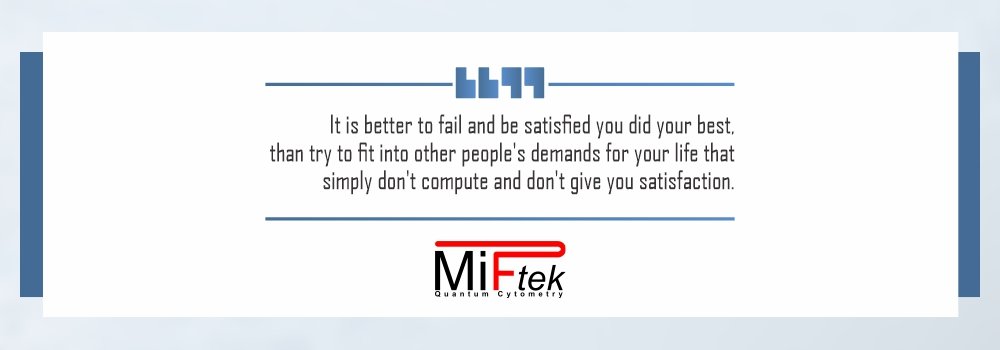
Also Read: The Most Influential Leaders Shaping the Biotech Industry in 2025



